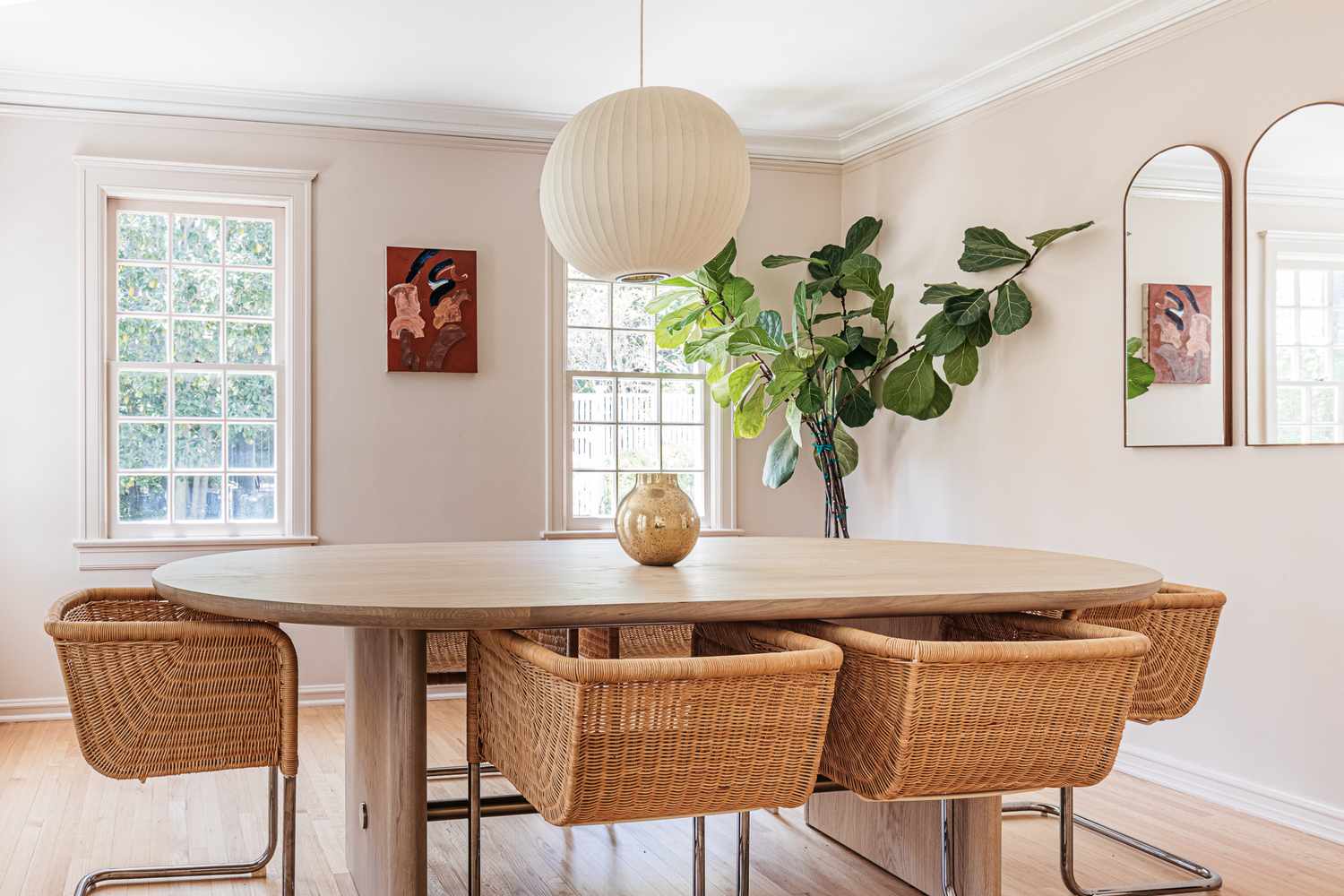

Articles
How Much To Paint My Dining Room
Modified: August 28, 2024
Looking for articles on how much it costs to paint your dining room? Discover tips, pricing, and expert advice for your next painting project.
(Many of the links in this article redirect to a specific reviewed product. Your purchase of these products through affiliate links helps to generate commission for Storables.com, at no extra cost. Learn more)
Introduction
Painting a dining room is a great way to freshen up its look and create a welcoming and inviting space for family and friends to gather. Whether you want to change the color, update the style, or simply give the room a new coat of paint, it’s important to have a clear understanding of the costs involved.
In this article, we will explore the various factors that can affect the cost of painting a dining room, from the size of the room to the type of paint used. We will also discuss the difference between DIY painting and hiring a professional, and provide you with an average cost range to help you budget for your project.
By the end of this article, you will have a comprehensive understanding of the costs involved in painting your dining room and be able to make an informed decision on how to proceed with your project.
Key Takeaways:
- Transform your dining room with a fresh coat of paint, but consider factors like room size, surface condition, and type of paint to estimate costs accurately. DIY or hire a professional for a flawless finish.
- Budget for your dining room painting project by factoring in labor costs, materials, and additional services. Whether you DIY or hire a professional, prioritize quality for a long-lasting and beautiful result.
Read more: How To Paint Dining Room Furniture
Factors That Affect the Cost of Painting a Dining Room
Several factors come into play when determining the cost of painting a dining room. Understanding these factors can help you better estimate the overall cost and make informed decisions. Here are the key factors to consider:
- Size of the Room: The size of the dining room is a major determinant of the cost. Larger rooms require more paint and more time to complete the job.
- Surface Condition: The condition of the walls and ceiling can impact the cost of painting. If the surface is damaged or has imperfections, it may require extra preparation work such as patching, sanding, or priming, which can increase the overall cost.
- Type of Paint: The type and quality of paint you choose will affect the cost. High-quality paints tend to be more expensive but offer better durability and coverage, resulting in a longer-lasting finish.
- Additional Services: Depending on your specific needs, there may be additional services that can increase the overall cost. For example, if you want to paint intricate trim or wallpaper removal is required, these extra services will add to the total cost.
- Preparation Work: Proper surface preparation is essential for a smooth and professional-looking finish. This may include cleaning, repairing cracks or holes, and applying primer. The extent of preparation needed will influence the cost.
- Furniture and Fixture Removal: If there is furniture, light fixtures, or other items that need to be removed or protected during the painting process, this can add to the overall cost. The complexity of the task and the effort involved will be factored into the estimate.
- Complexity of the Design: If your dining room has intricate designs, such as a faux finish, accent walls, or multiple colors, this can increase the cost. These designs require additional time and expertise to achieve the desired effect.
Keep in mind that every painting project is unique, so the cost will vary depending on these factors. By understanding these variables, you can more accurately estimate the cost of painting your dining room and plan your budget accordingly.
Cost of Materials and Tools
When considering the cost of painting a dining room, it’s essential to factor in the expenses for materials and tools. Here’s a breakdown of the typical items you will need:
- Paint: The cost of paint can vary based on the brand, quality, and type. Generally, higher-quality paints are more expensive but offer better coverage and durability. A gallon of paint can range from $20 to $80 or more, depending on these factors.
- Primer: If the walls require priming, you will need to factor in the cost of primer. Primers can range from $15 to $30 per gallon.
- Painting Tools: Brushes, rollers, paint trays, drop cloths, painter’s tape, and other painting tools are essential for completing the job. The cost of these tools can vary, but budgeting around $50 to $100 for these supplies is a good estimate.
- Additional Materials: Depending on the scope of the project, you may require patching compound, sandpaper, caulk, or any other materials necessary for surface preparation and repair. These additional materials can add to the overall cost of the project.
It’s important to purchase high-quality paint and tools to ensure a professional-looking finish. While the initial cost may be higher, it can save you time and money in the long run by reducing the need for multiple coats of paint or replacements of low-quality tools.
When budgeting for your dining room painting project, be sure to account for the cost of materials and tools in addition to labor costs. This will give you a more accurate estimate of the overall investment required.
Labor Costs
The labor costs associated with painting a dining room can vary depending on the expertise of the painter, the location, and the complexity of the project. It’s important to consider these factors when estimating the overall cost. Here are a few key points to keep in mind:
- Professional Painters: Hiring a professional painter can ensure a high-quality finish and save you time and effort. The cost of hiring a professional painter typically includes labor, materials, and any additional services required. Professional painters may charge an hourly rate or provide a fixed quote for the entire project.
- Hourly Rates: The hourly rates for painters can vary based on their experience, location, and demand. On average, you can expect to pay between $25 to $75 per hour, with higher rates for more experienced painters or in areas with a higher cost of living.
- Fixed Quotes: Some painters provide fixed quotes for the entire project. This means they assess the scope of work, factor in the size of the room, and provide an all-inclusive price. Fixed quotes can be advantageous as they provide a clear picture of the total cost upfront.
- Complexity of the Project: If your dining room requires specific techniques or intricate designs, it may increase the labor costs. These projects typically require more time and expertise to achieve the desired result, resulting in higher labor expenses.
- Additional Services: If you require any additional services, such as repairing damaged walls, removing wallpaper, or painting trim or ceilings, these services will contribute to the overall labor costs. The complexity and time required for these tasks will be factored into the estimate.
It’s important to obtain multiple quotes from professional painters to compare prices and ensure you are getting a fair estimate. Remember, it’s not just about finding the cheapest option but also considering the quality of work and reputation of the painter.
By understanding the labor costs involved, you can better plan and budget for your dining room painting project.
Size of the Dining Room
The size of the dining room is a significant factor in determining the cost of painting. Larger rooms require more paint and more time to complete the job compared to smaller rooms. When considering the size of your dining room, there are a few key points to keep in mind:
- Wall Square Footage: The total square footage of the walls in your dining room will impact the amount of paint needed. Paint is typically sold in gallons, and the coverage per gallon can vary based on the type and brand of paint. As a general rule, one gallon of paint can cover approximately 350 to 400 square feet. To estimate the amount of paint required, you can calculate the total square footage of the walls by multiplying the length by the height of each wall and then add them up.
- Ceiling Square Footage: If you plan to paint the ceiling as well, you will need to factor in the square footage of the ceiling. Similar to the walls, you can calculate the total square footage of the ceiling by multiplying the length by the width of the ceiling.
- Number of Coats: Depending on the color of the existing walls and the desired final color, you may require multiple coats of paint to achieve the desired finish. Darker colors or drastic color changes may require more coats, which can increase the overall cost.
It’s important to note that these calculations are approximate, and there may be additional factors to consider, such as windows, doors, and other architectural features. If you’re unsure about the specific measurements or the amount of paint needed, it’s always best to consult with a professional painter.
By considering the size of your dining room and estimating the amount of paint required, you can better gauge the overall cost and plan your budget accordingly.
Read more: How Much Is A Dining Room Table
Surface Preparation
The surface preparation is a crucial step in ensuring a smooth and long-lasting paint job. Properly preparing the walls before painting can help achieve a professional finish and can also impact the overall cost of the project. Here are some key points to consider regarding surface preparation:
- Cleaning: Before painting, it’s important to clean the walls thoroughly to remove any dirt, dust, grease, or stains. This can be done using a mild detergent and water solution. If there is heavy grime or mold, additional cleaning or treatment may be required.
- Repairing Imperfections: Inspect the walls for any cracks, holes, or other imperfections and repair them before painting. This may involve patching the damaged areas, sanding, and smoothing the surface to create an even base for the paint. The extent of repairs needed will depend on the condition of the walls.
- Sanding: Sanding the walls is important for creating a smooth surface and ensuring better adhesion of the paint. It helps remove any existing texture, rough spots, or bumps. Sanding is particularly important when repainting over glossy or uneven surfaces.
- Priming: Applying a primer is recommended, especially when painting over new drywall, repairing significant damage, or making a drastic color change. Primers help create a uniform surface, enhance paint adhesion, and improve coverage. The cost of primer should be factored into the overall project budget.
- Taping and Protecting: To achieve clean and crisp lines, it’s essential to use painter’s tape to mask off areas that should not be painted, such as trim, windows, and door frames. Additionally, furniture, floors, and fixtures should be properly covered and protected to prevent accidental damage.
The time and effort required for surface preparation will depend on the condition of the walls and the complexity of the project. Extensive repairs or intricate surfaces may require more preparation time and materials, which can increase the overall cost of the project.
Keep in mind that proper surface preparation is essential for a professional and long-lasting paint job. It ensures that your new paint will adhere well and provides a smooth and even finish.
When estimating the cost to paint your dining room, consider the size of the room, the type of paint and finish you want, and any necessary repairs or prep work. Get quotes from multiple painters to compare prices.
Type of Paint
The type of paint you choose for your dining room can have a significant impact on both the appearance and the cost of the project. There are different types of paint available, each with its own characteristics and price range. Here are a few key points to consider when selecting the type of paint for your dining room:
- Water-Based Paint: Water-based paints, also known as latex or acrylic paints, are the most commonly used paints for interior walls. They dry quickly, emit fewer fumes, and are easy to clean up with water. These paints are available in a wide range of colors and finishes, making them suitable for various dining room styles. Water-based paints are generally more affordable compared to oil-based paints.
- Oil-Based Paint: Oil-based paints offer a durable and long-lasting finish. They are highly resistant to stains, making them a good choice for high-traffic areas. However, oil-based paints have a strong odor and require mineral spirits for cleanup. They also take longer to dry compared to water-based paints. Oil-based paints are typically more expensive than water-based paints.
- Eco-Friendly and Low-VOC Paint: If you’re concerned about the environmental impact or prefer to use paints with low levels of volatile organic compounds (VOCs), there are eco-friendly options available. These paints are made with low or no VOCs, reducing indoor air pollution and minimizing odors. While eco-friendly paints can be slightly more expensive, they offer a healthier and more sustainable choice.
- Specialty Paints: Specialty paints include options such as matte, satin, semi-gloss, or high-gloss finishes. Each finish has its own visual effect and level of durability. For instance, matte finishes provide a flat and non-reflective appearance, while high-gloss finishes offer a shiny and reflective surface. Specialty paints often cost more than standard paints.
- Primer and Paint Combination: Some paint brands offer combination products that include primer and paint in one. These products can save you time and money, as they eliminate the need for a separate primer application. However, they may not be suitable for all situations, such as when dealing with difficult surfaces or drastic color changes.
When choosing the type of paint for your dining room, consider factors such as durability, ease of application, odor, and environmental impact. Additionally, consult with a paint professional or your local home improvement store for advice on the best type of paint for your specific project.
Remember, investing in high-quality paint will yield better coverage, durability, and overall satisfaction with the finished result.
Additional Services
When planning for a dining room painting project, it’s essential to consider any additional services that may be required. These services can enhance the final result but may also increase the overall cost of the project. Here are some common additional services to keep in mind:
- Trim and Molding: If you want to update or refresh the look of the trim and molding in your dining room, it may require additional painting or refinishing. This can include baseboards, crown molding, window or door frames, and chair rails. Painting the trim can provide a cohesive and polished look to complement the freshly painted walls.
- Wallpaper Removal: If your dining room has existing wallpaper that needs to be removed before painting, it’s important to budget for this additional service. Wallpaper removal can be a labor-intensive process that involves stripping, steaming, or using chemical solvents to remove the wallpaper and prepare the walls for painting.
- Accent Walls: Creating an accent wall in your dining room can add depth and visual interest to the space. This involves selecting a different color or texture for one wall to create a focal point. Painting an accent wall requires careful planning and precision to achieve the desired effect and may increase the overall cost of the project.
- Textured or Faux Finishes: If you want to add texture or a faux finish to your dining room walls, it will require specialized techniques and additional materials. Textured or faux finishes can create unique visual effects, such as faux brick, suede, or metallic finishes. These finishes often require multiple layers and precise application, increasing the complexity and cost of the project.
- Color Consultation: If you’re unsure about choosing the right colors for your dining room, hiring a color consultant can be beneficial. They can help you select a color palette that suits your style and complements the overall decor. While this service may add to the cost, it ensures a well-coordinated and visually pleasing result.
Each additional service will contribute to the overall cost of the project, so it’s important to factor them into your budget and communicate your specific needs with the painter or contractor. Professional painters can provide you with an estimate that includes all the desired additional services.
Consider your preferences, budget, and the impact you want to achieve when deciding on any additional services for your dining room painting project.
DIY vs Hiring a Professional
When it comes to painting your dining room, you have the option to either tackle the project yourself or hire a professional painter. Both options have their advantages and considerations, and it’s important to evaluate them based on your skills, time availability, and desired outcome. Here are some factors to consider when deciding between a DIY approach or hiring a professional:
- Skill and Expertise: Painting may seem like a straightforward task, but it requires skill and expertise to achieve a professional-looking finish. If you have previous painting experience and feel confident in your abilities, DIY painting can save you money. However, if you lack experience or desire a flawless result, hiring a professional painter is highly recommended.
- Time Commitment: Painting a dining room can be a time-consuming process, especially if you have other commitments or a large room. DIY painting may require weekends or evenings to complete the project, which can prolong the timeframe. Hiring a professional allows you to save time and have the project completed efficiently, leaving you with more time for other activities.
- Quality of Work: Professional painters have the necessary training, tools, and techniques to deliver high-quality results. They have a keen eye for detail and can ensure even coverage and clean lines. If you prioritize a flawless and professional finish, hiring a painter is the way to go.
- Insurance and Guarantees: Professional painters often carry liability insurance, protecting you from any accidents or damage that may occur during the project. Additionally, many professionals provide guarantees or warranties on their work, giving you peace of mind and reassurance in the quality of their service.
- Access to Professional-grade Materials: Professional painters have access to high-quality paints, primers, and tools, which may not be readily available to DIYers. These products can result in better coverage, durability, and a longer-lasting finish.
- Complexity of the Project: If your dining room requires additional services such as wallpaper removal, intricate trim painting, or textured finishes, hiring a professional who specializes in these techniques can ensure best results. These tasks often require expertise and specific tools that DIYers may not possess.
- Budget Considerations: DIY painting may seem more cost-effective at first glance since you avoid labor costs. However, you need to factor in the cost of materials, tools, and the potential for mistakes or redoing the work. Hiring a professional painter provides you with an upfront quote that includes labor and materials, helping you budget more accurately.
Ultimately, the decision between DIY painting and hiring a professional depends on your priorities, comfort level, and the desired outcome. If you value a professional finish, lack the time or experience, or have a complex project, hiring a painter is recommended. However, if you enjoy hands-on projects, have the necessary skills, and are working with a limited budget, DIY painting can be a rewarding and cost-effective option.
Remember, regardless of the approach you choose, proper preparation and attention to detail are key to achieving a beautiful and long-lasting paint job.
Average Cost of Painting a Dining Room
The cost of painting a dining room can vary based on various factors, including the size of the room, surface condition, type of paint, labor rates, and the complexity of the project. While it’s difficult to provide an exact figure without specific details, we can provide a general range to help you estimate the average cost.
On average, the cost to paint a dining room can range from $500 to $1,500 or more. This estimate includes both labor and materials. However, keep in mind that larger rooms or those requiring additional services may fall on the higher end of the cost range.
Here’s a breakdown of the potential costs involved:
- Labor Costs: Professional labor costs can range from $25 to $75 per hour, depending on the painter’s experience and location. The complexity and size of the dining room will determine the total labor hours required.
- Materials Costs: The cost of paint and other materials will vary based on the quality and type chosen. A gallon of paint can range from $20 to $80 or more, depending on the brand and finish. Additional materials such as primer, brushes, rollers, and drop cloths should also be accounted for.
- Surface Preparation: If your dining room requires extensive surface preparation, such as repairing cracks or holes, sanding, or priming, it can add to the overall cost. The time and materials needed for surface preparation will depend on the condition of the walls.
- Additional Services: If you’re considering additional services like trim painting, wallpaper removal, or accent walls, these services will contribute to the overall cost. The complexity and time required for these tasks will be factored into the estimate.
It’s important to obtain multiple quotes from professional painters to get a better idea of the costs specific to your dining room. Each project is unique, and the cost can vary based on your location and the specific details of your dining room.
Keep in mind that investing in high-quality materials and skilled labor may increase the initial cost but can provide you with a beautiful and long-lasting finish that enhances the overall appeal of your dining room.
By taking these factors into consideration, you can estimate the average cost and plan your budget accordingly for your dining room painting project.
Conclusion
Painting a dining room is an effective way to transform its look and create a welcoming atmosphere. However, it’s crucial to consider various factors that can affect the cost and outcome of the project.
Factors such as the size of the room, surface condition, type of paint, labor costs, and additional services all play a role in determining the overall cost. By understanding these factors, you can estimate the average cost and plan your budget accordingly.
While DIY painting may be a cost-effective option, it requires time, skill, and careful attention to detail. Hiring a professional painter provides numerous benefits, including expertise, time savings, access to professional-grade materials, and a high-quality finish.
When planning your dining room painting project, it’s important to consider your priorities, comfort level, and desired outcome. Whether you choose to tackle the project yourself or hire a professional, proper surface preparation, quality materials, and attention to detail are essential for achieving a beautiful and long-lasting result.
Remember to obtain multiple quotes from professional painters to compare prices, evaluate their expertise, and ensure a fair estimate. This will allow you to make an informed decision and select the best option for your specific project.
By considering all these factors and making an educated decision, you can successfully paint your dining room and create a space that reflects your personal style and enhances the overall ambiance of your home.
Whether you choose a bold and vibrant color or a subtle and soothing tone, a freshly painted dining room can provide a renewed sense of comfort and joy for years to come.
Frequently Asked Questions about How Much To Paint My Dining Room
Was this page helpful?
At Storables.com, we guarantee accurate and reliable information. Our content, validated by Expert Board Contributors, is crafted following stringent Editorial Policies. We're committed to providing you with well-researched, expert-backed insights for all your informational needs.
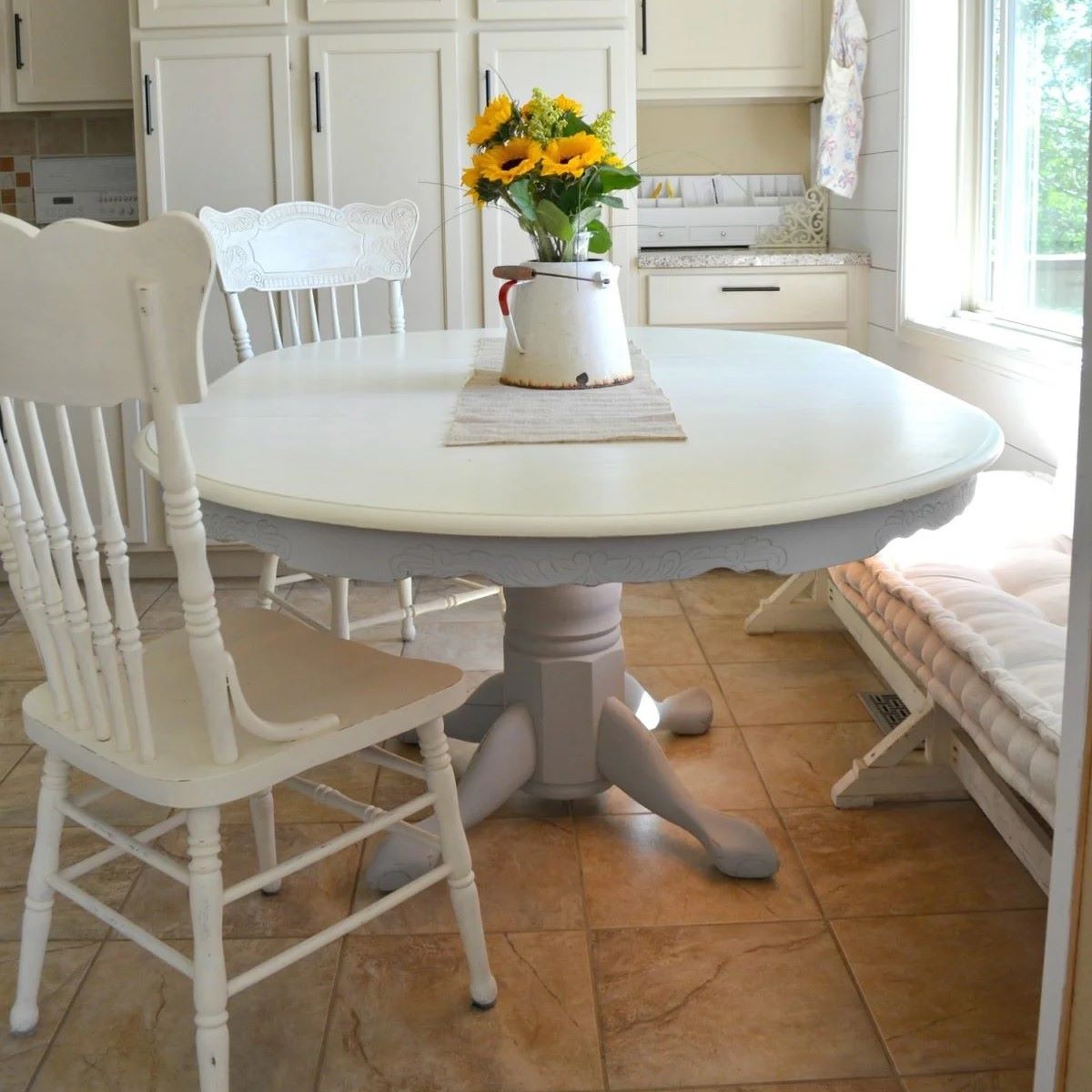
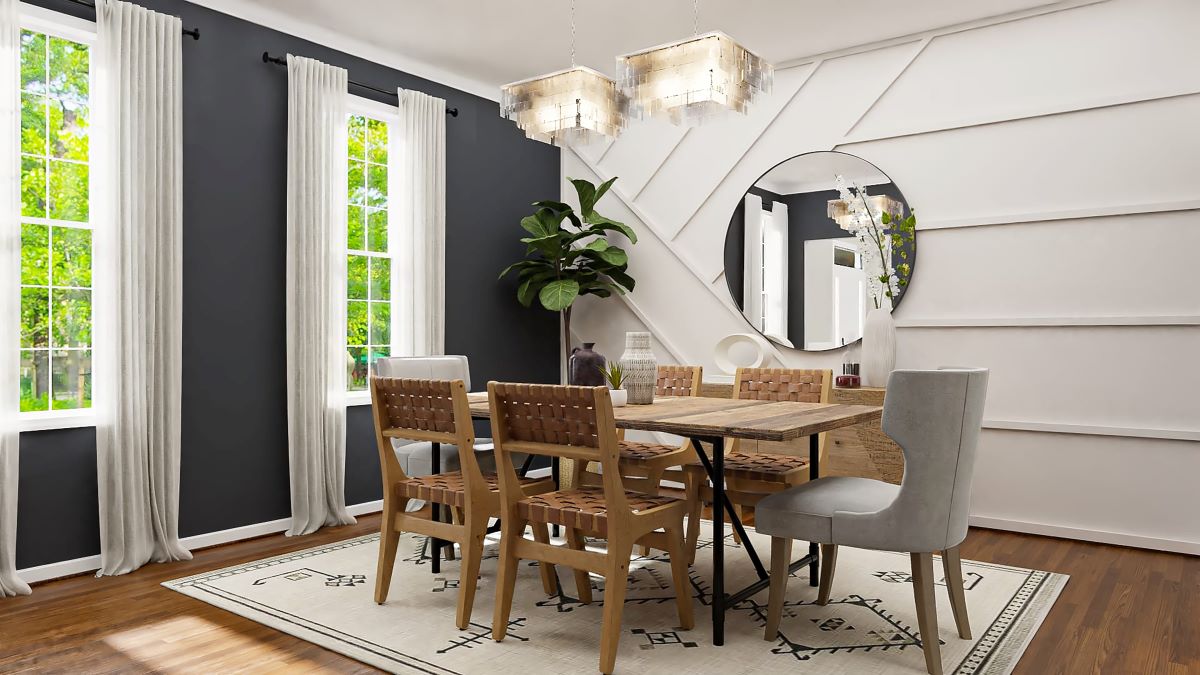
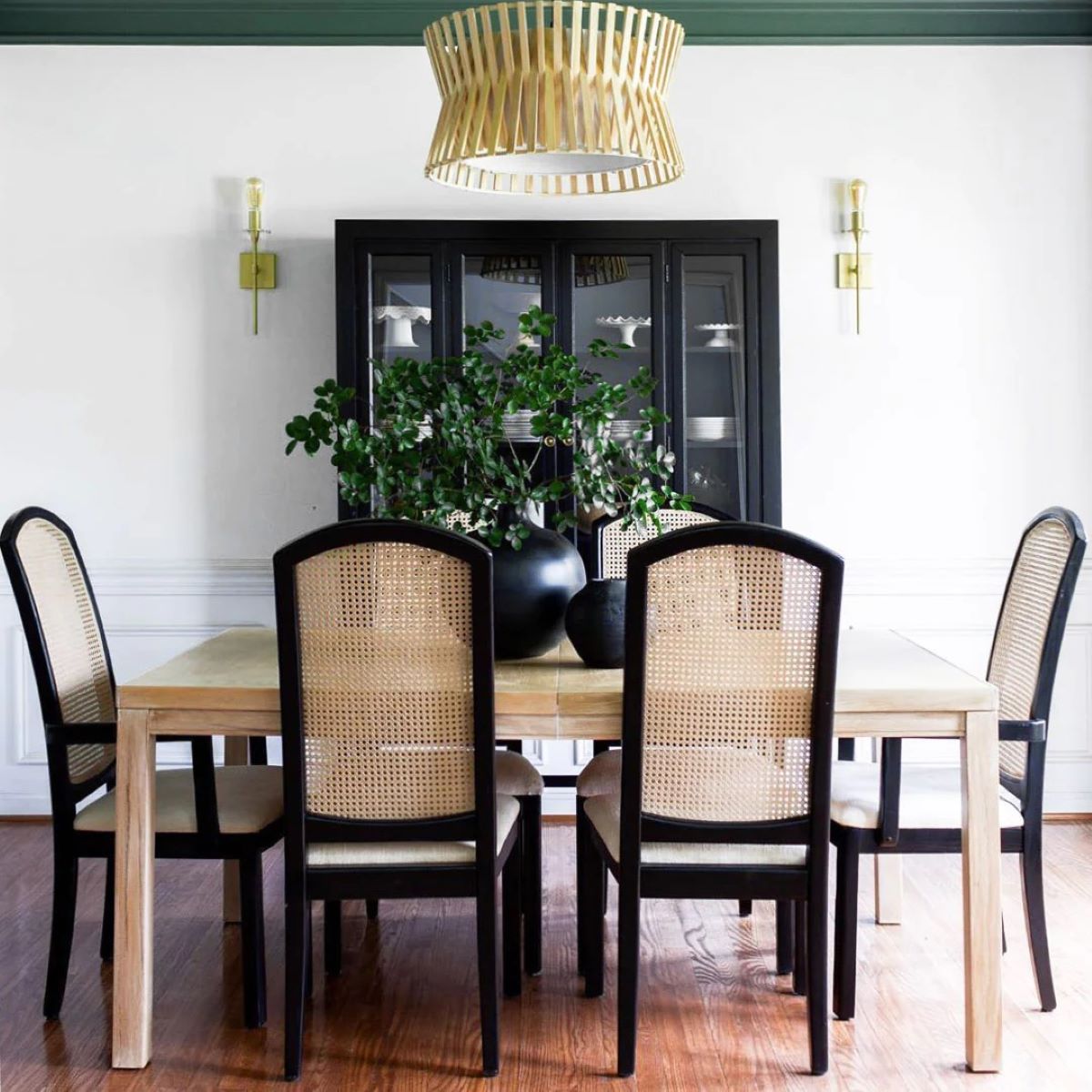
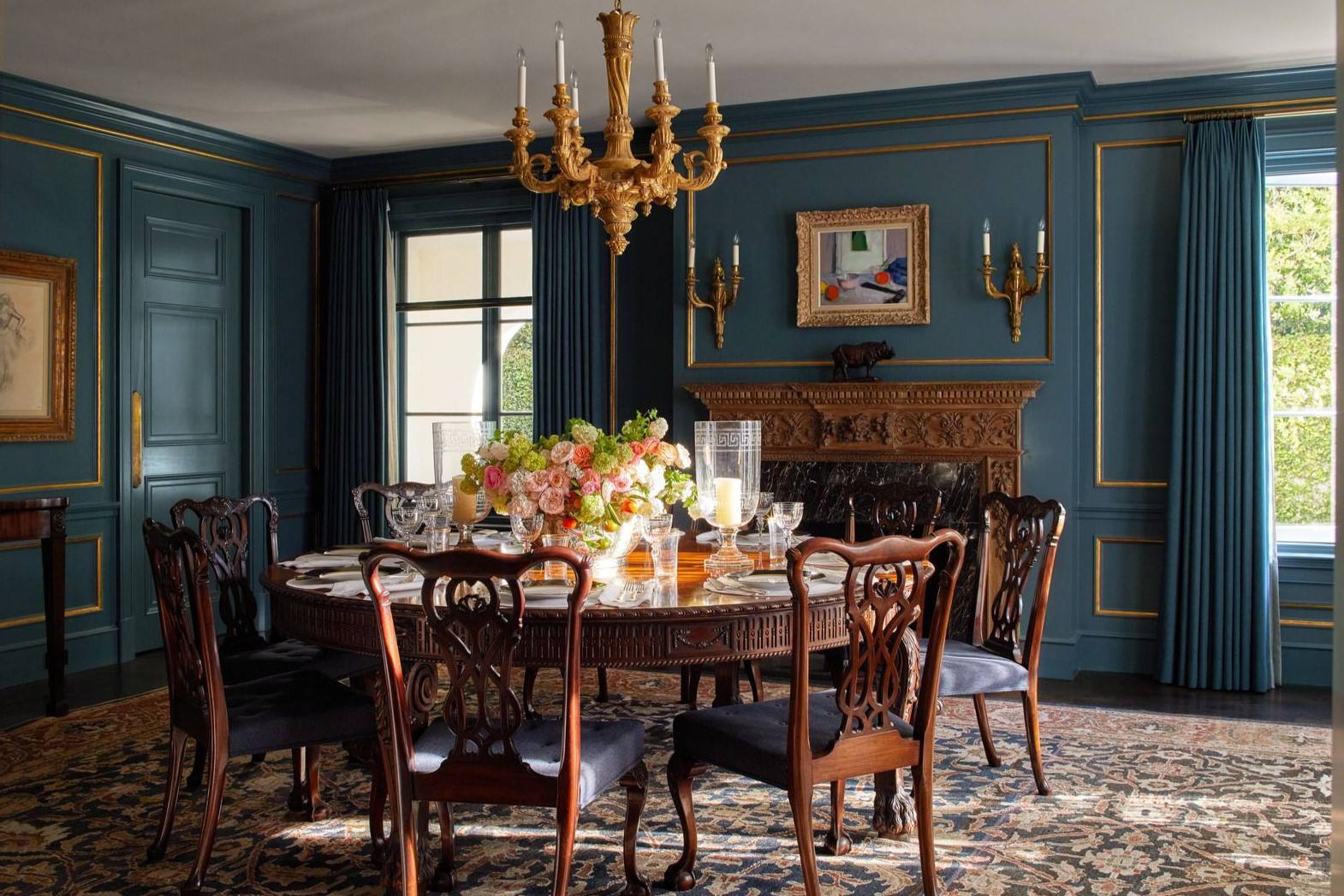
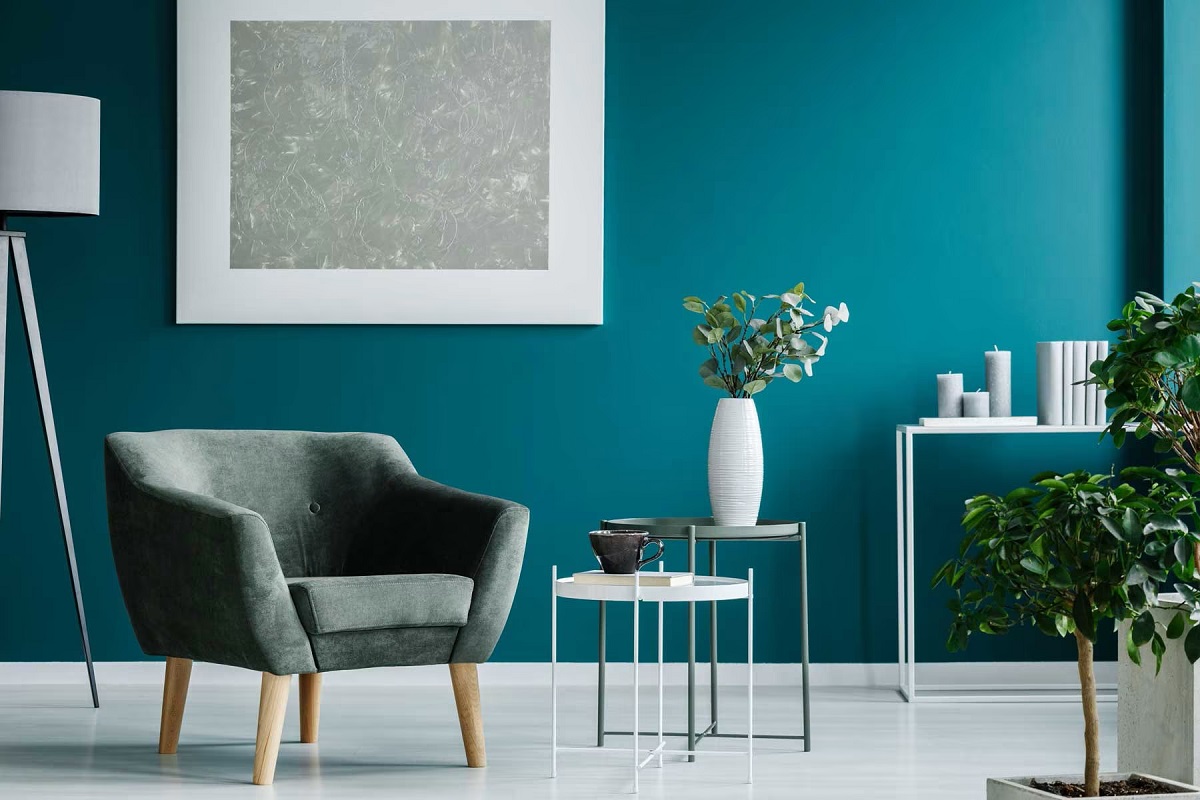
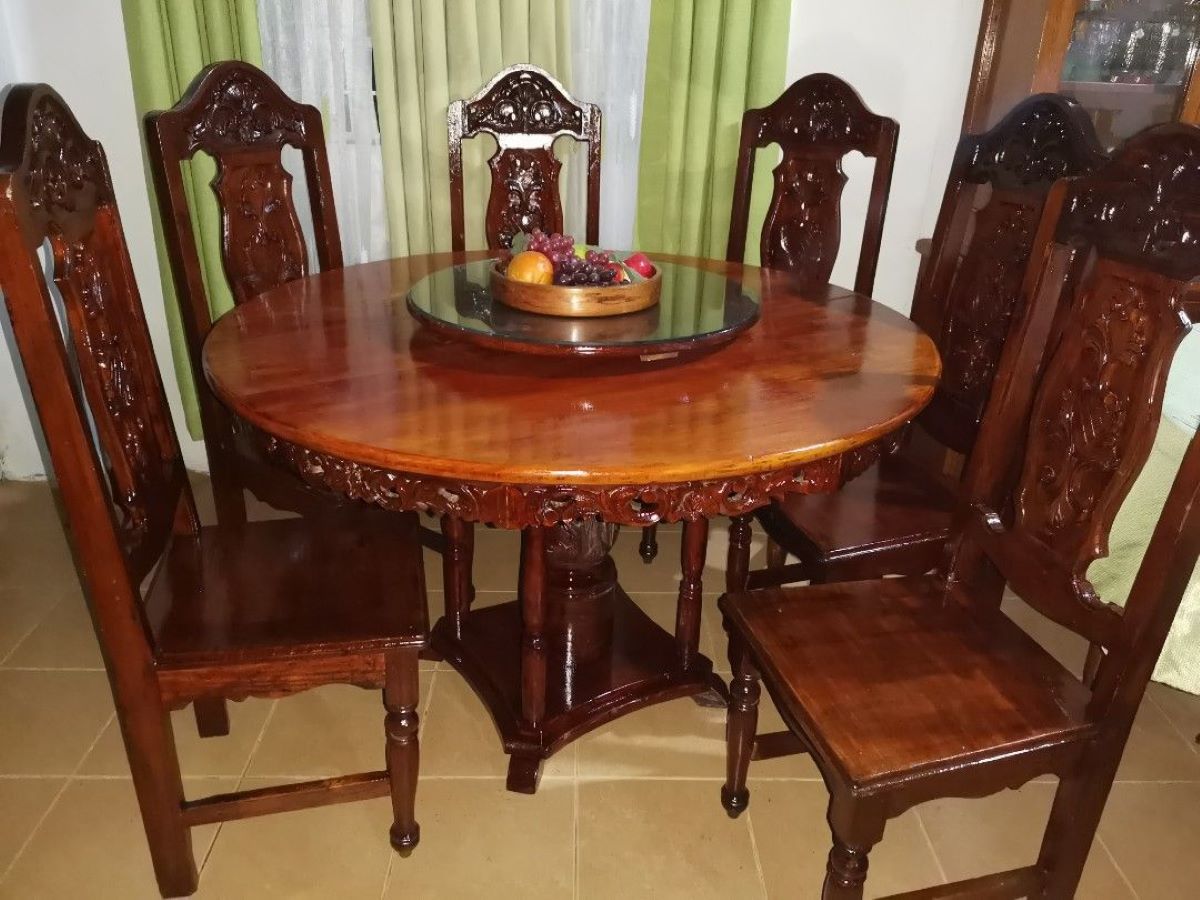
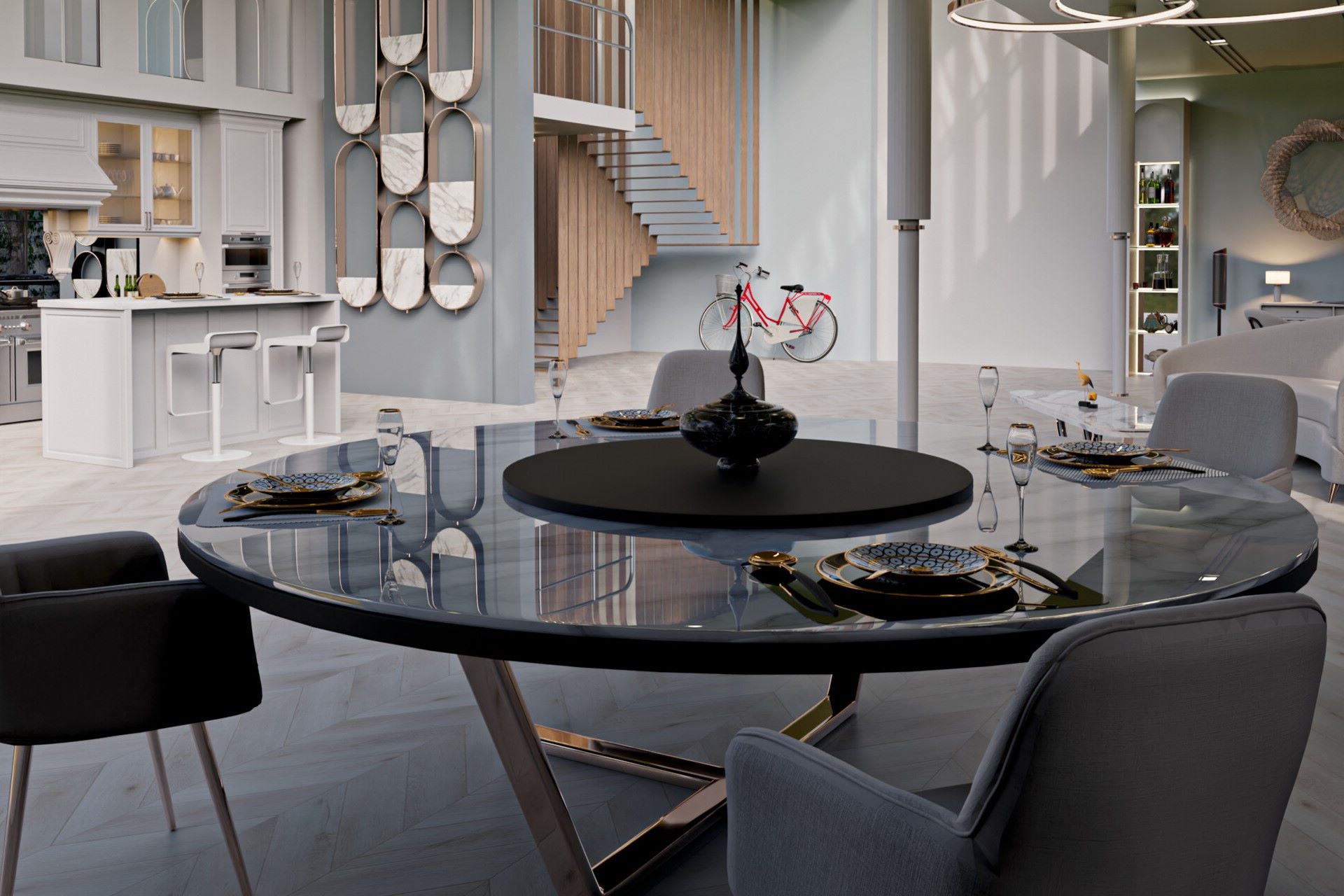
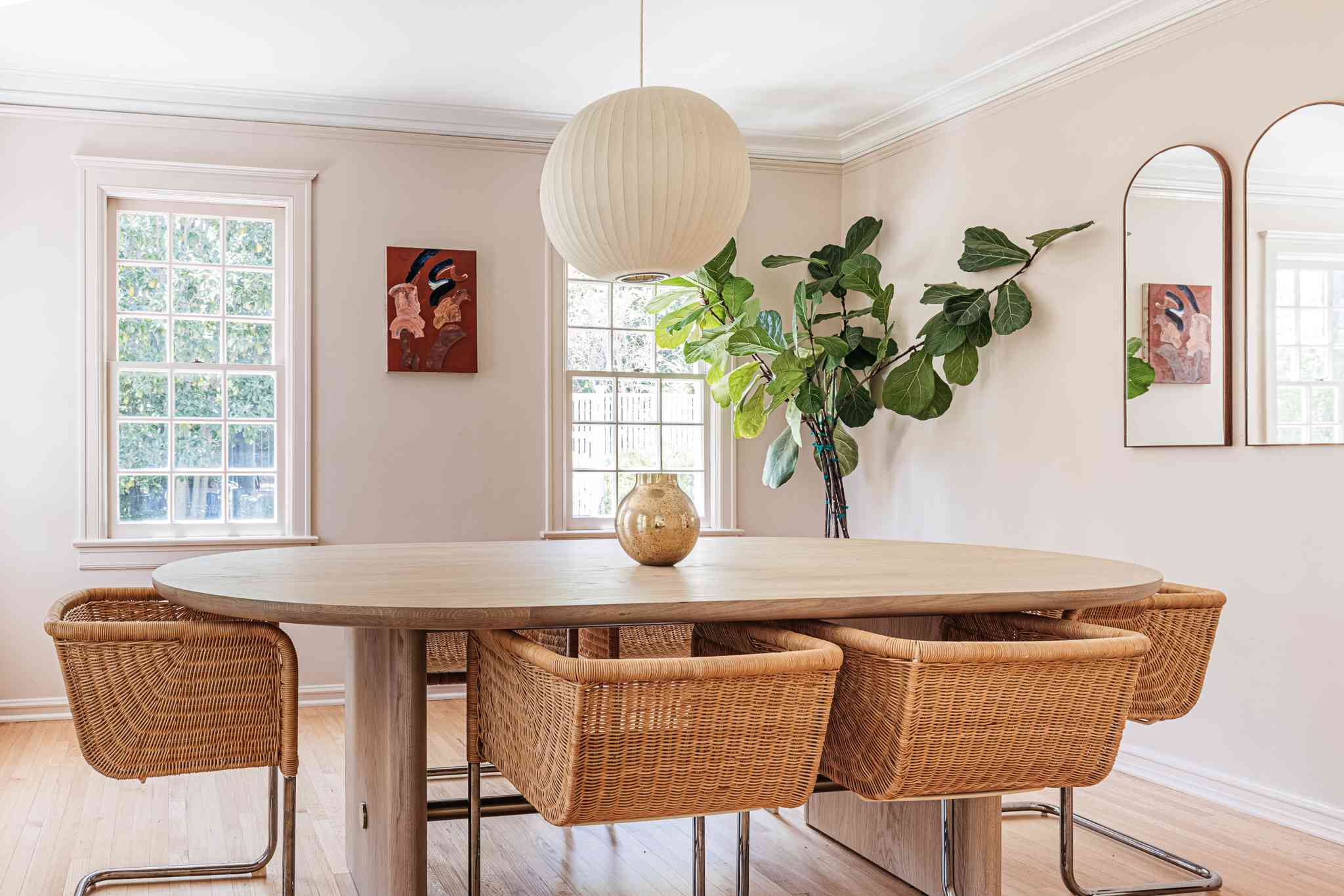
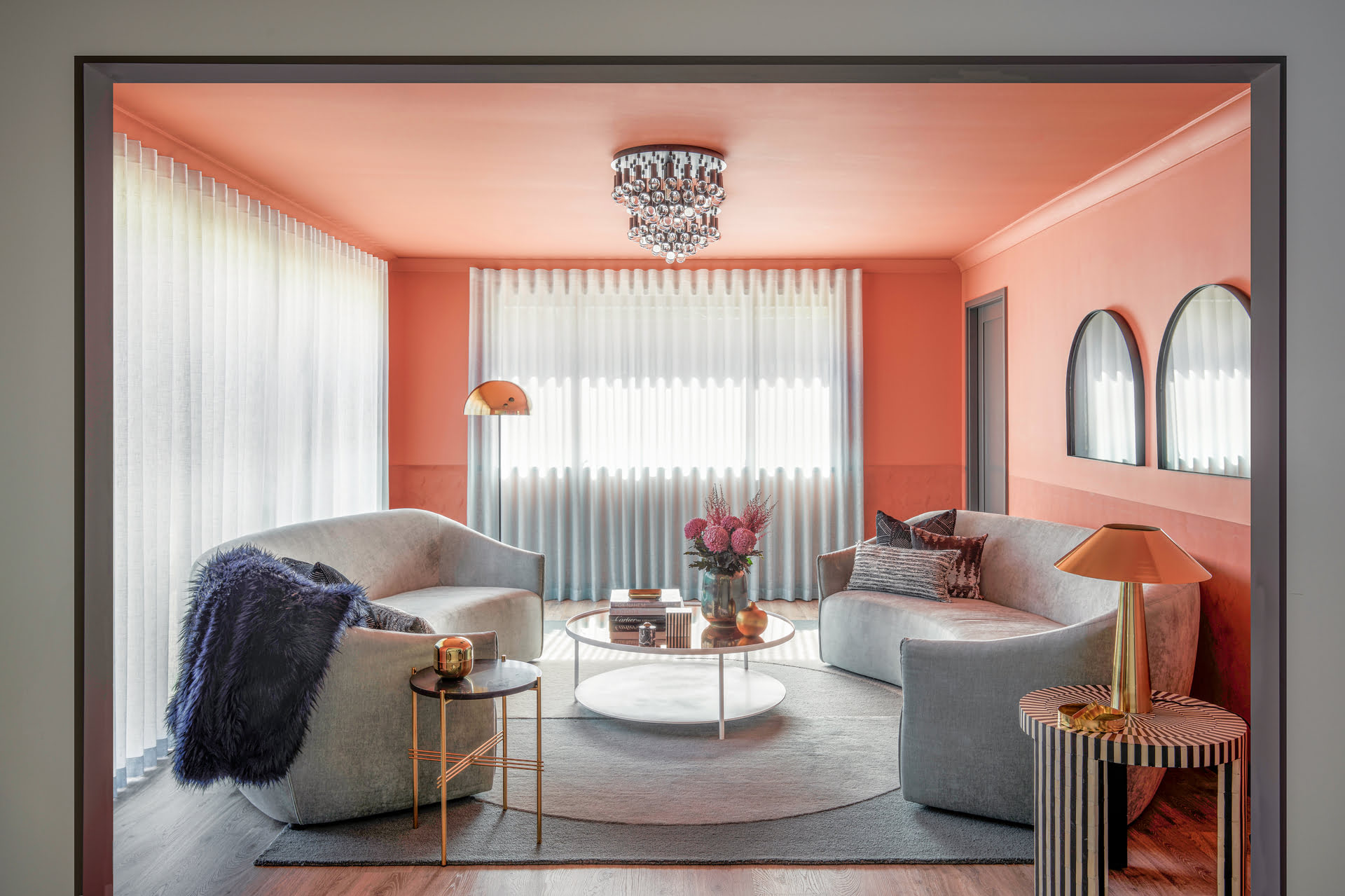
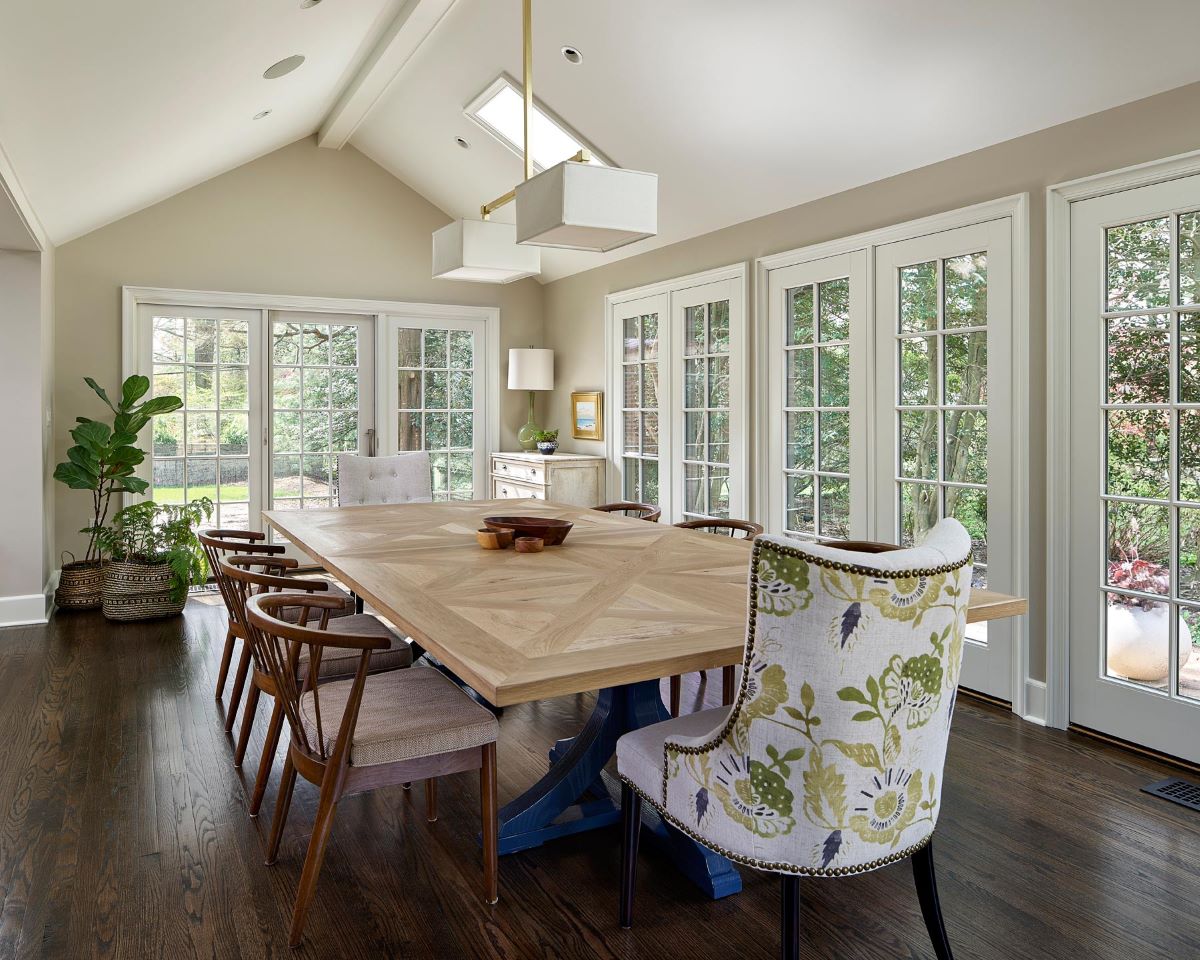
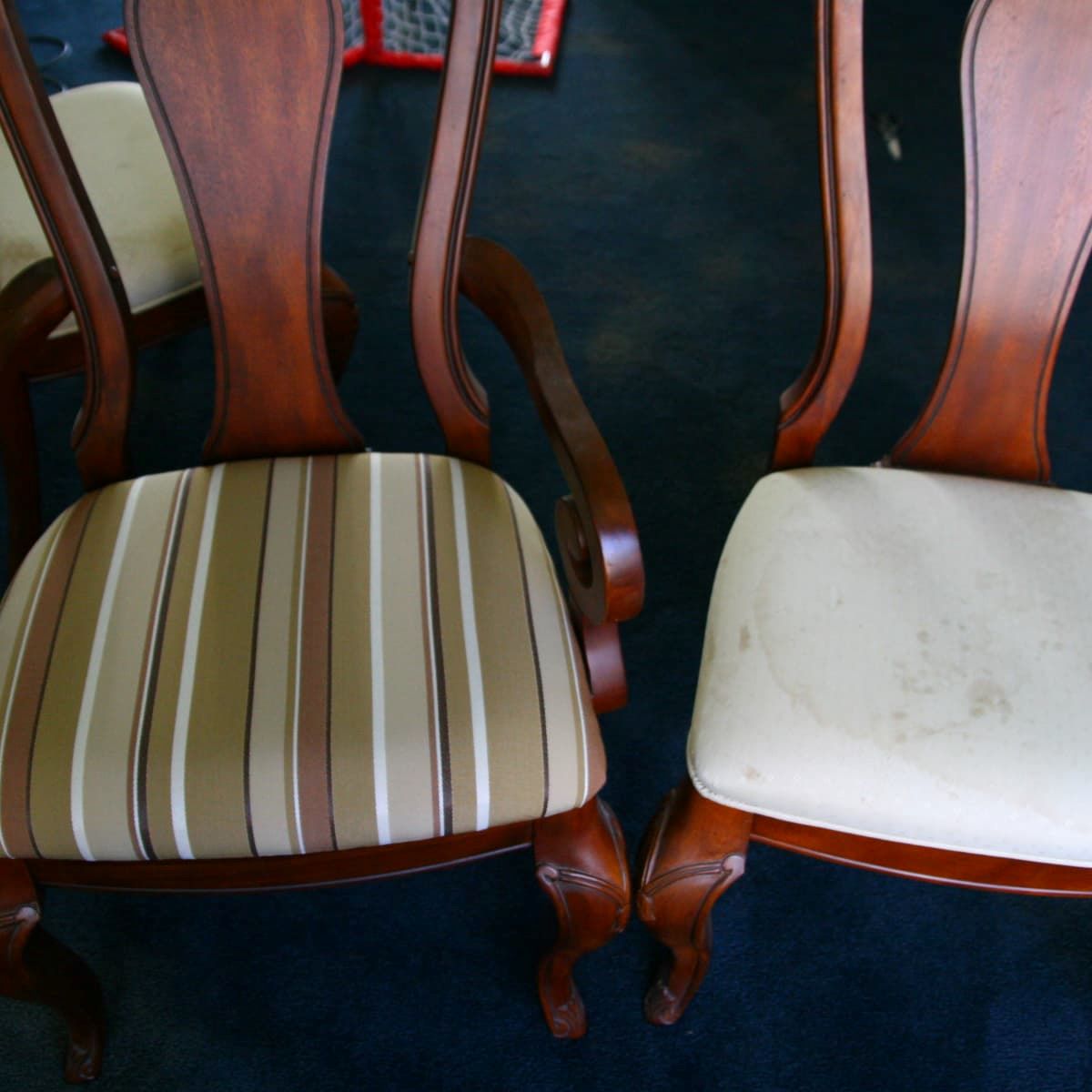
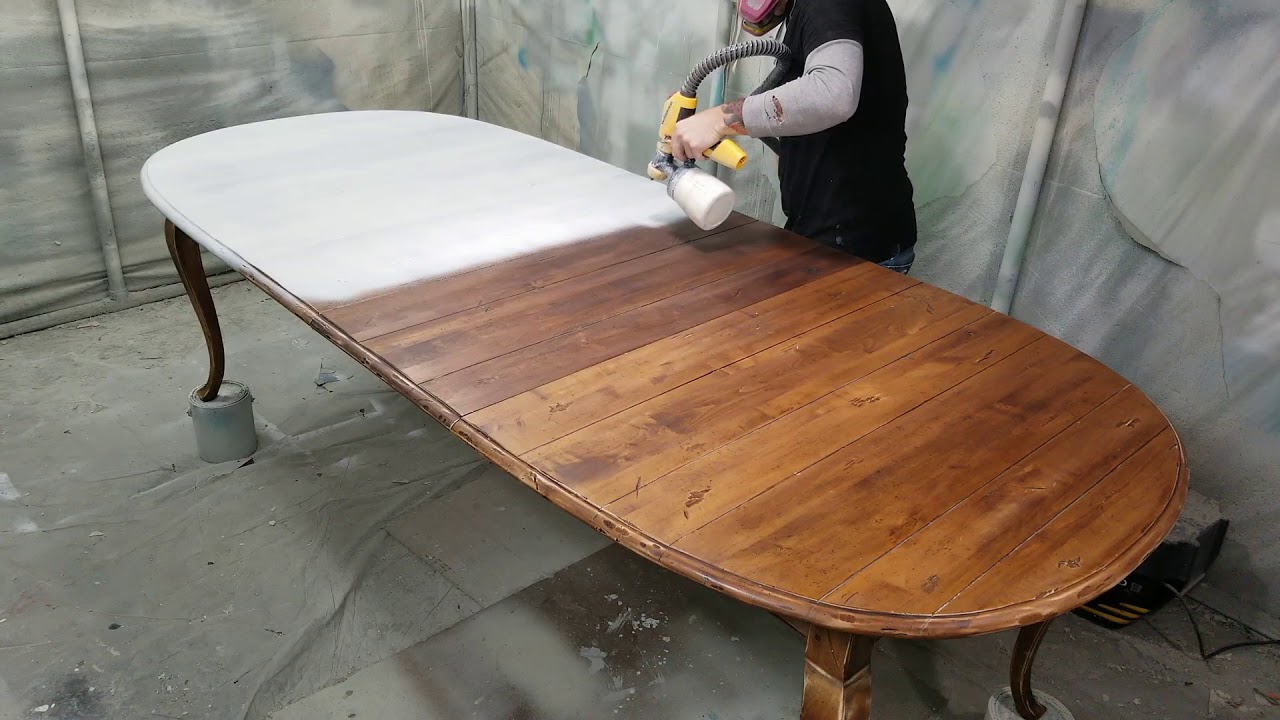
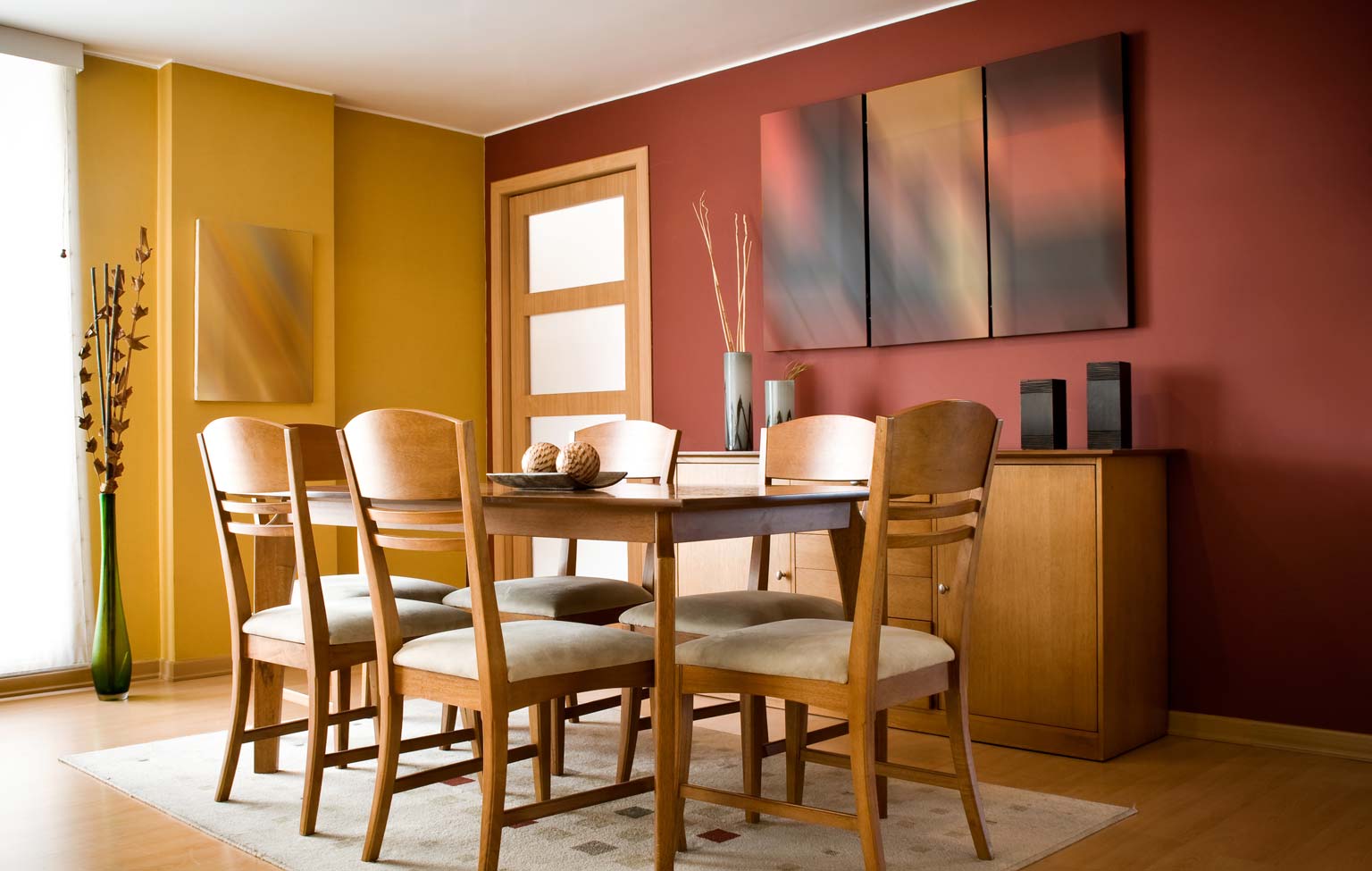

0 thoughts on “How Much To Paint My Dining Room”